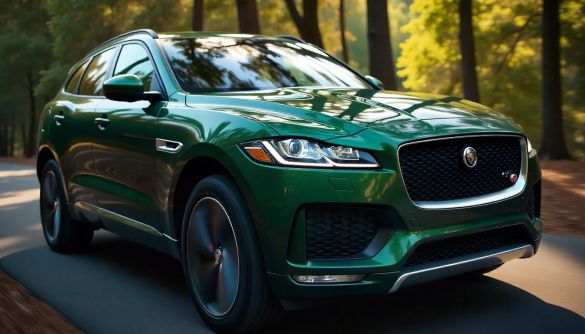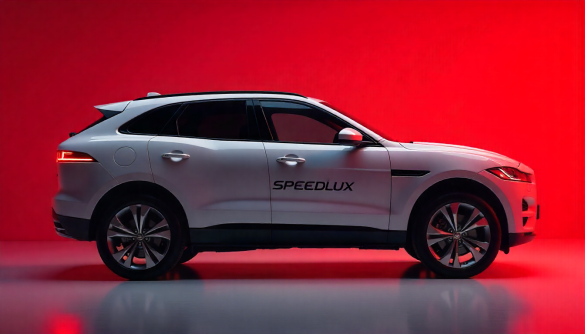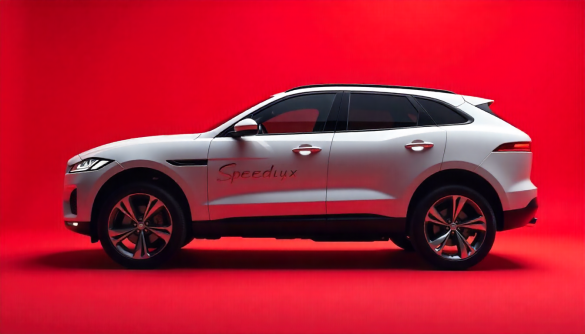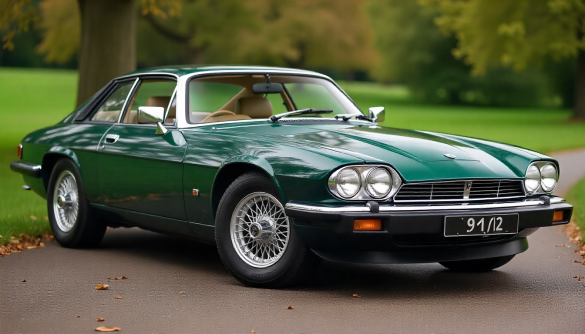On the eve of the 2011 Frankfurt Auto Show, during a media presentation, Audi unveiled its Urban Sportback and Spyder concept cars in the flesh.
Until now, the German car maker had only released sketches and computer generated images of its 1+1 seater studies.
Comparing the two models, a huge difference can be spotted especially when talking about the windshield of the car and the retracting side-door windows of the original car. Considering that the convertible shows a low, continuous window area and its doors that open diagonally to the top, we can say that is an airier alternative to the tiny hard-top Audi Urban Concept.
While the exterior looks dynamic and emotional, the interior has been designed to accommodate two people, again with everything from controls to materials obeying the principles of light-weight construction. The two seats are slightly staggered, while the driver can adjust the steering wheel and the pedals. A sliding canopy that forms part of the body opens up to allow the driver and one passenger to enter the car. The cockpit consists of carbon fiber-reinforced polymer, which integrates the undercarriage of both seats. The Audi urban concept rolls on wheels with a 21-inch diameter and is powered by two e-tron electric motors that draw energy from a lithium-ion battery.
The Audi Urban Concepts weight 480 kilograms (1,058.22 lb) thanks to the lightweight chassis design and the numerous CFRP components, and measure 3,219 millimeters (126.73 in) in length, 1,678 millimeters (66.06 in) width, and just 1,189 millimeters (46.81 in) height.
This concept is powered by two electric motors mounted between the rear wheels, producing a total of 20 horsepower (15 kW and 47 Nm of torque) which are being fed by a lithium ion battery weighting around 90 Kg (198.42 lb) that produces 7.1 kWh.
The car maker claims that this battery will regain its energy in around 20 minutes if plugged in a 400 Volt three-phase outlet, or in around 1 hour at a regular 230 Volt current.
As for performance, the Audi Urban Concepts sprint from nought to 60 kmph (37 mph) in 6 seconds (0 to 100 kmph / 62 mph in 16.9 seconds) and can hit a top speed of 100 kmph (62.14 mph)/ electronically limited.
For more pictures and details, click here.
Source: GreenCarReports







